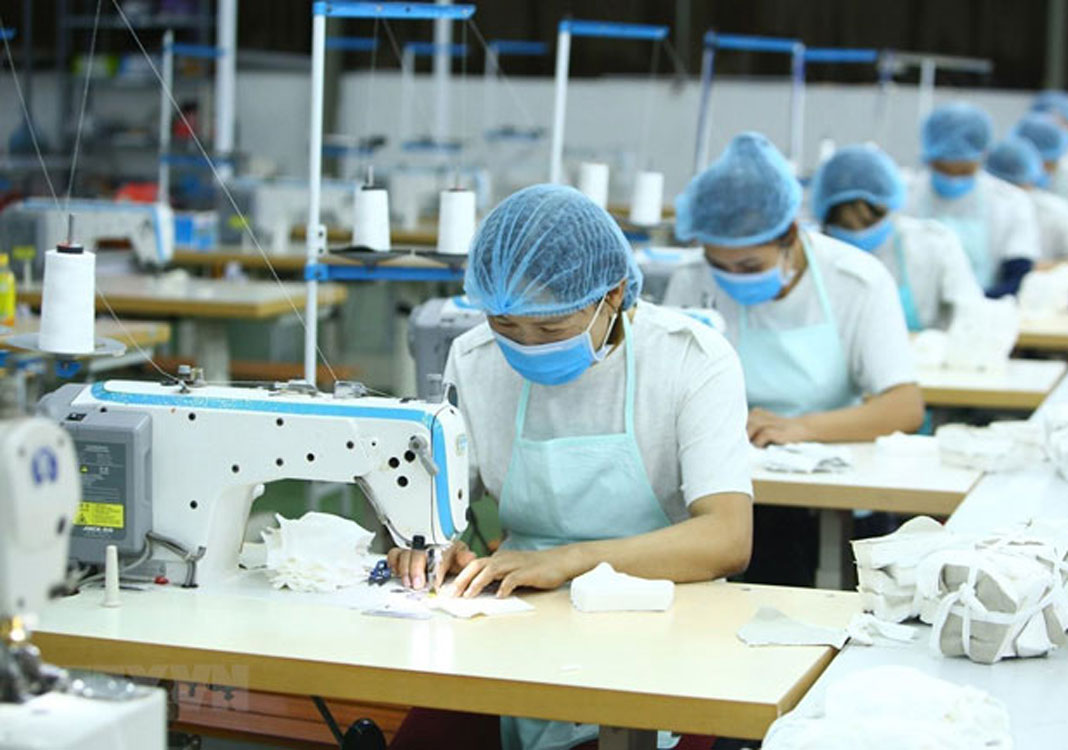HCMC – Vietnam’s textile and garment export revenue is forecast to reach US$34 billion this year, down 14%-15% over last year, seeing a reduction after 25 years of continuous growth, due to the impact of Covid-19.
According to the Ministry of Industry and Trade, the country exported textiles and garments worth US$25.6 billion in the January-September period, down 12% over the same period last year, news site Vietnamplus reported.
Vietnam National Textile and Garment Group (Vinatex) Chairman Le Tien Truong said due to the pandemic, many countries have closed their markets, breaking supply chains and resulting in a declining demand for goods.
Although the export turnover of the textile and garment sector this year is predicted to fall after 25 years, the decline in Vietnam will not be as large as in other countries, Truong added.
Over the past few years, textiles and garments industry has remained one of the biggest export earners of the country.
Truong said Vinatex’s subsidiaries have employed multiple solutions to overcome the hard time, such as receiving low value added orders and developing new products serving the fight against the pandemic.
Nguyen Duc Tri, chairman of Hoa Tho Textile and Garment JSC, said that despite being hit by Covid-19, especially the second wave, and the recent storms, the subsidiaries of Vinatex in the central region have operated effectively and ensured jobs for all their nearly 20,000 laborers.
According to Than Duc Viet, general director of Garment 10 JSC, the Government’s amendment of Resolution 20 on licensing the export of medical face masks amid the Covid-19 prevention and control period has helped enterprises reverse the situation.
Instead of a plunge in revenue, Garment 10 JSC has obtained a growth rate of 3%. It has even employed more laborers since May.
The country’s participation in free trade agreements (FTAs), such as the European Union-Vietnam Free Trade Agreement, has benefited the local apparel sector, Viet added.
Deputy Minister of Industry and Trade Cao Quoc Hung asked the sector to pay more attention to the domestic market to ensure a more sustainable growth.
The sector should also enhance the development of local brands, connect supply chains, develop supporting industries, improve governance and boost the digital transformation in corporate management and operation.
In addition, textile and garment firms should make use of FTAs to expand their material production and further participate in supply chains.
At a recent meeting with textile, garment, leather and footwear enterprises, Prime Minister Nguyen Xuan Phuc said these firms are benefiting from FTAs.
However, the apparel and leather-footwear sectors should improve the quality and design of their products to cement their position in local and foreign markets.









